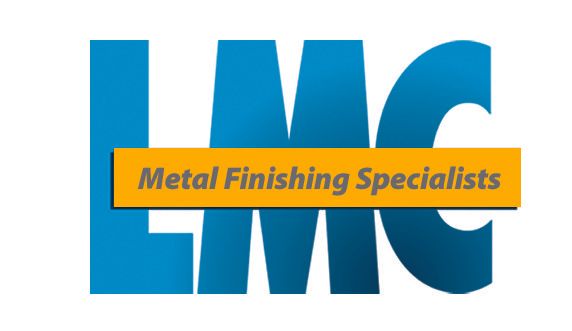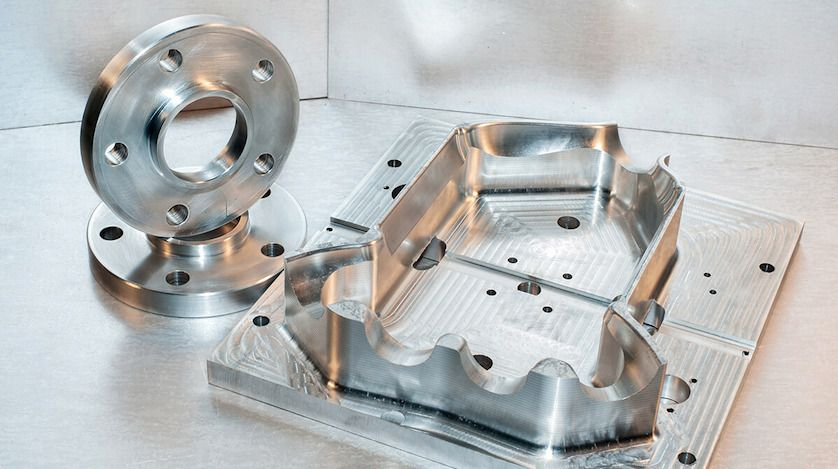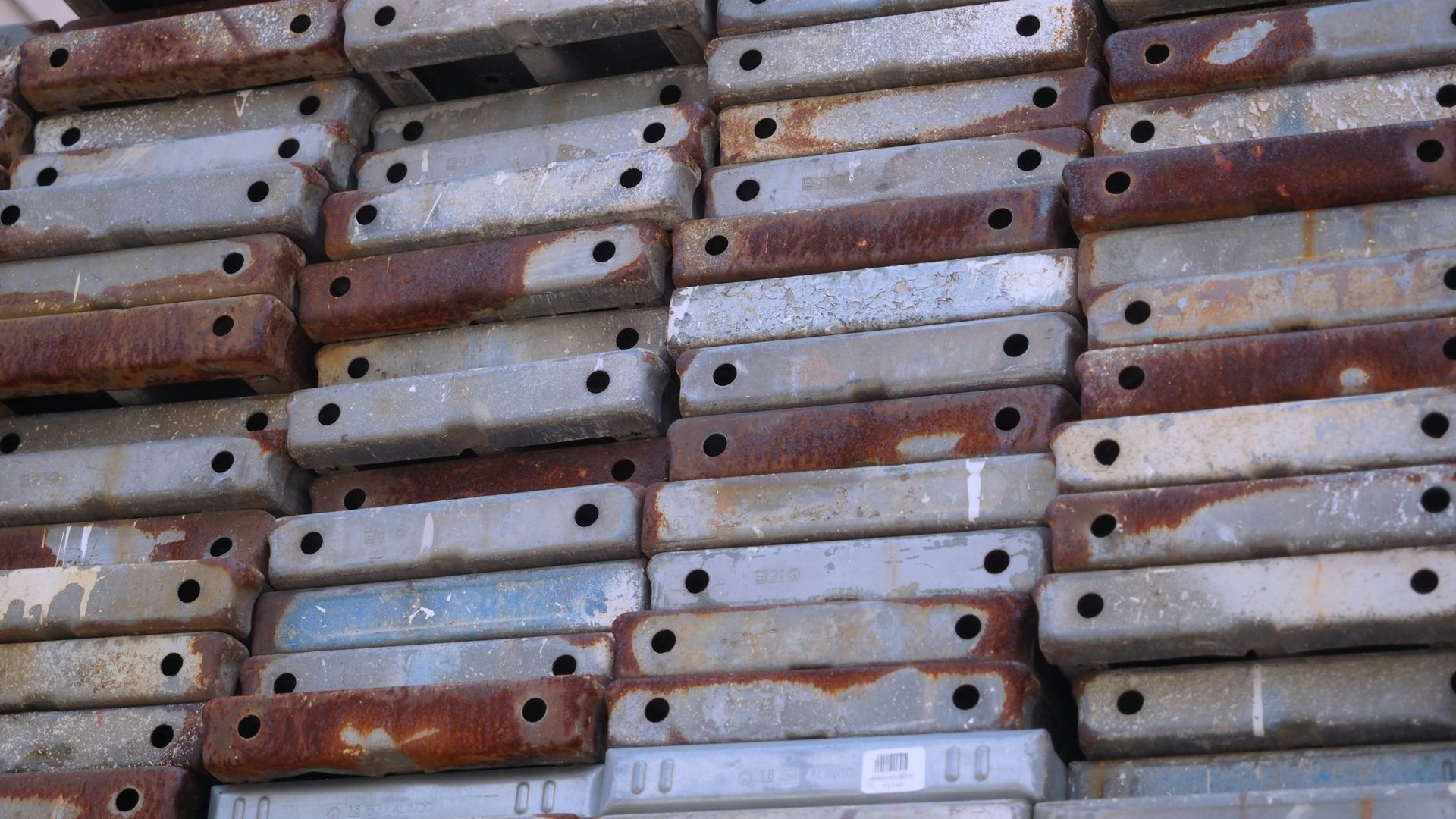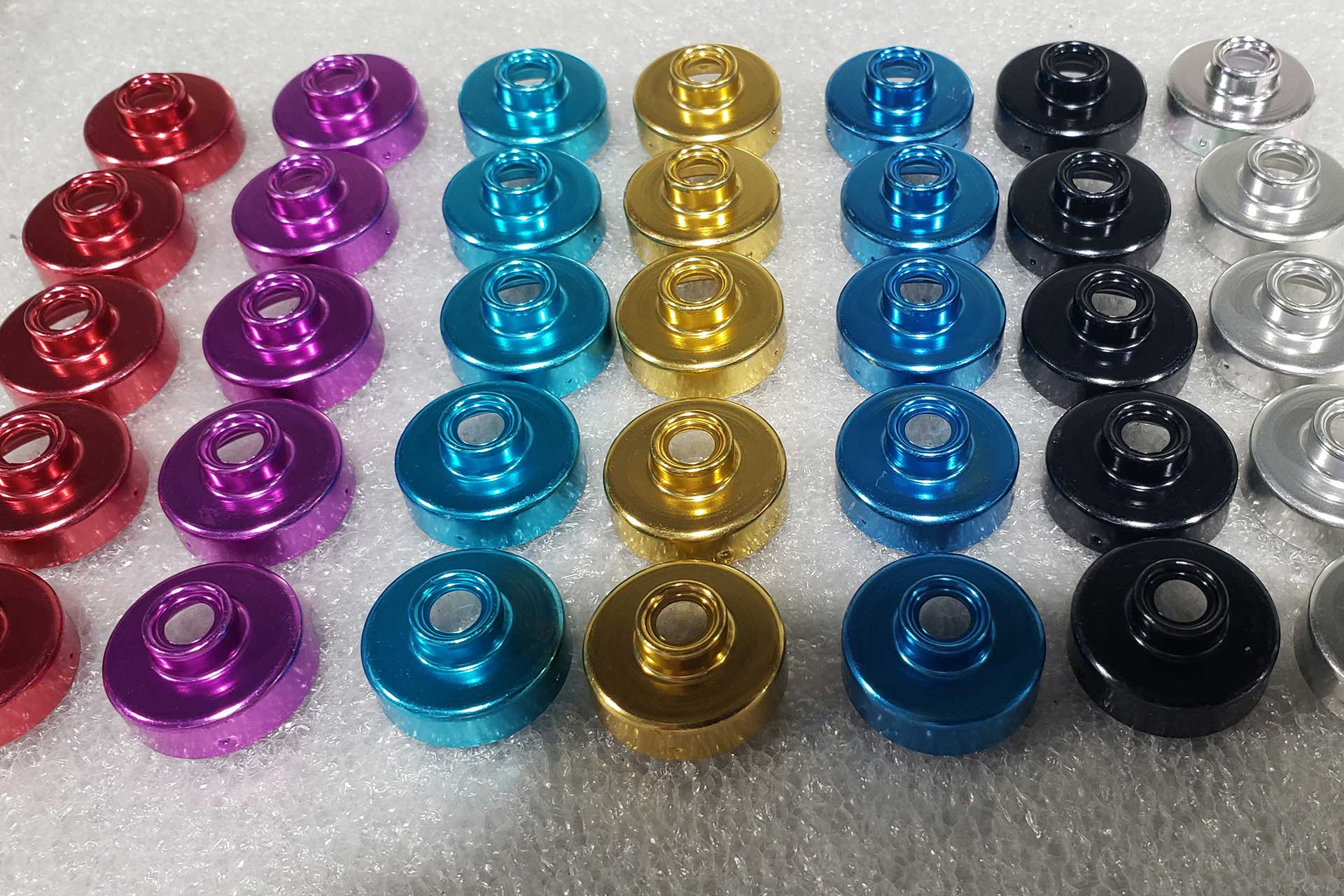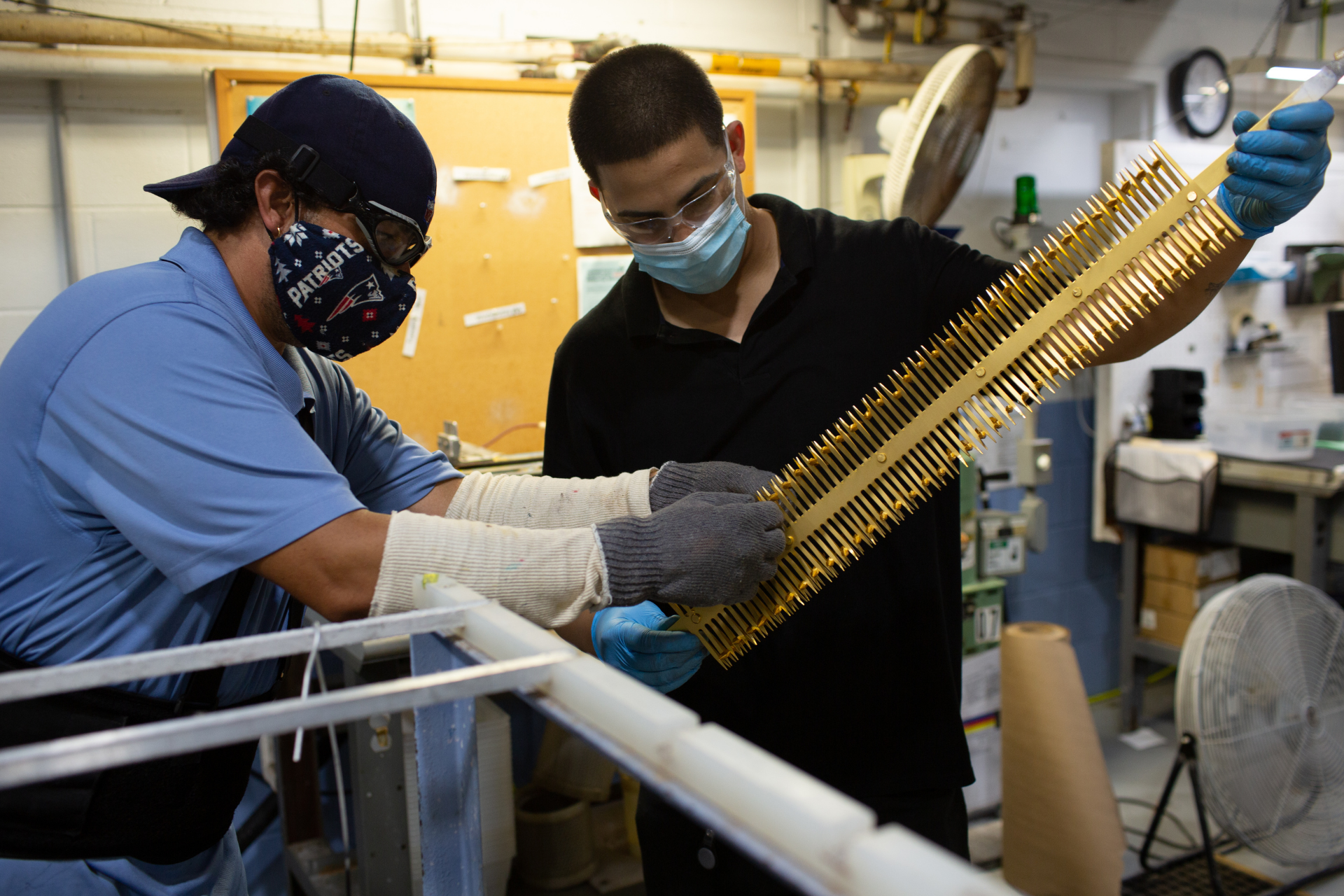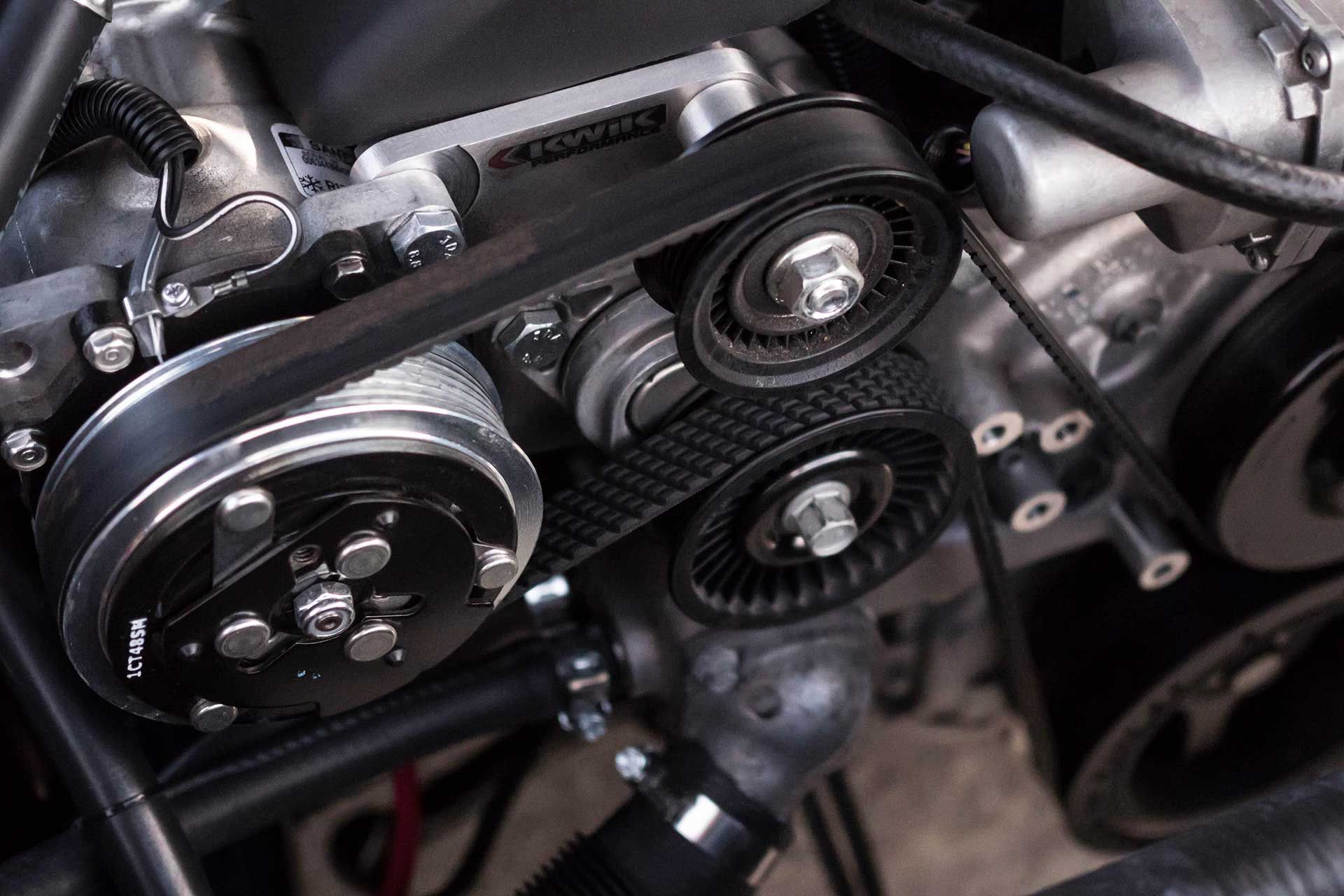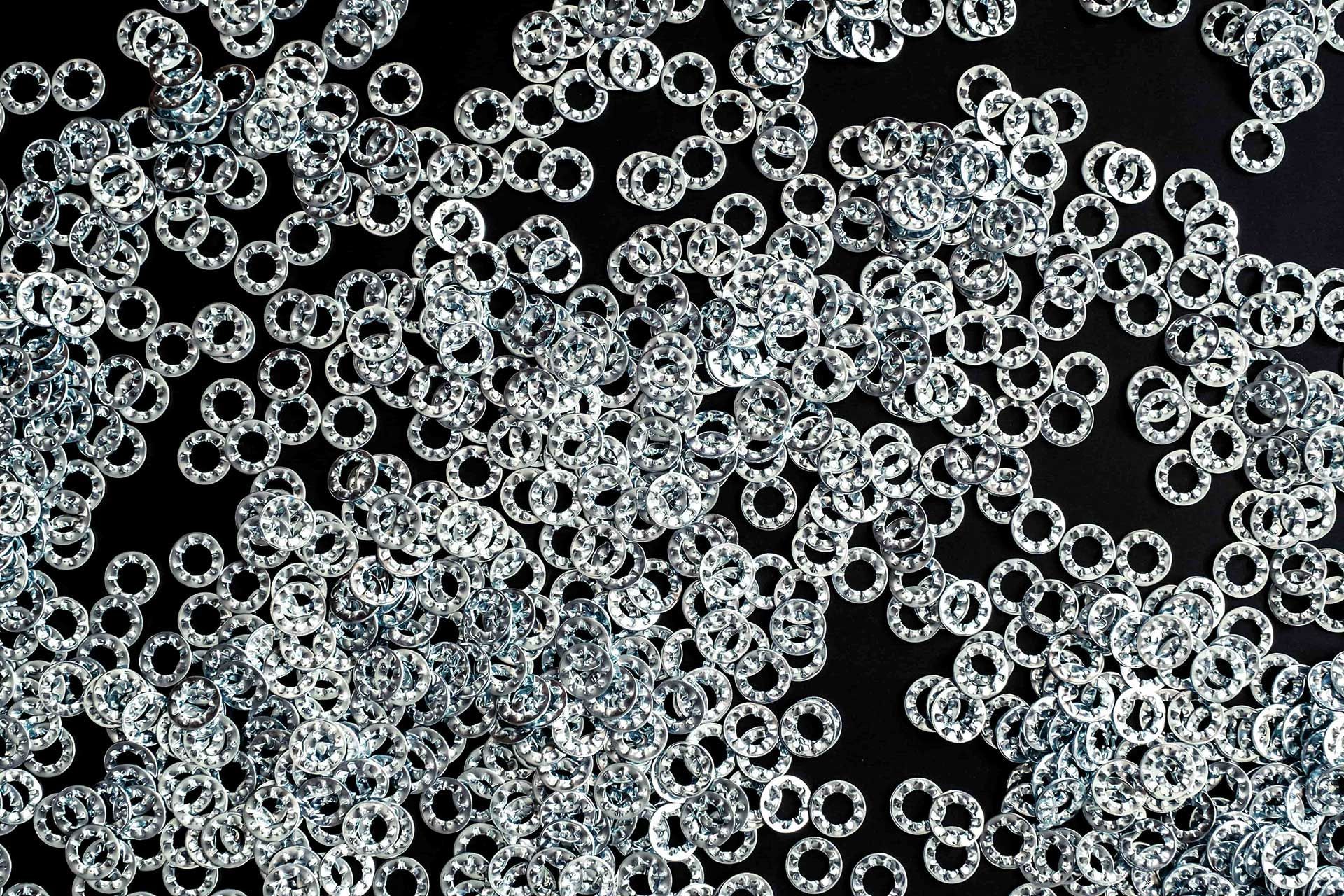A Guide on Masking for Anodizing
Anodizing aluminum goes beyond simple surface treatment — it’s a transformative process that enhances the metal’s aesthetic appeal, durability, and corrosion resistance. However, anodizing affects the entire surface unless certain areas are intentionally shielded. This is where masking becomes essential.
Effective masking ensures that specific parts of the metal surface remain unaffected by the anodizing process, allowing for precise treatment and design flexibility. From ensuring functional areas maintain their electrical conductivity to creating unique aesthetic details, this guide will walk you through the essentials of masking for anodizing.
Masking Anodizing Aluminum
Why Masking Matters
Masking is critical in anodizing. It ensures that certain areas of the aluminum surface remain free from the chemical alteration that anodizing entails. Such precision is crucial in applications where parts of a component must retain their original properties, such as electrical conductivity, or when the aesthetic design requires specific areas to remain uncolored. Masking enables the creation of intricate patterns or logos by preserving certain parts of the metal from the anodic film, offering vast possibilities for customization and branding.
Techniques for Precision
Regardless of the method of masking that you use, one of the most important steps is to make sure that the part is clean, specifically in the area that you need to mask. Masking an oily or dirty part is like painting a wall without using a primer first. Most requirements for masking require that a chem-film coating be applied first, but at the very least the part must have a clean surface using a detergent or an alcohol wipe.
Choosing the right masking technique can significantly influence the quality
and efficiency of your anodizing project:
- Brushing: For precision and control, especially around edges and tight spaces, brushing allows you to apply a chemical mask directly where needed, ensuring sharp delineation between treated and untreated areas. This method requires a template in many cases, but has the ability to get in tight fitting areas.
- Pre-cut Shapes: Utilizing pre-cut masking materials can streamline processes, particularly in production environments where consistency and repeatability are paramount. These are often used for mass-produced items requiring uniform appearance.
Each technique offers distinct advantages and is chosen based on the specific requirements of the anodizing project, such as the size of the part, the complexity of the areas needing masking, and the level of precision required.
Choosing the Right Materials
Selecting the appropriate masking material is essential for getting the results you want from anodizing:
- Tapes: Various adhesive tapes are available and designed to withstand the anodizing process. These can be easily applied and removed and can be trimmed and cut to size with minimal tools required. However this method does have the ability to lift during processing, and can allow leakage if not prepared properly and may not be the most accurate method.
- Lacquers: When cured, lacquers form a solid, impermeable barrier against the anodizing solution. They are handy for detailed or delicate applications where precision is key. Lacquer selection would be critical to make sure that it can withstand the chemicals it will be submitted to, and many opt not to use this method as it may require solvents for removal.
- Waxes: Soft and pliable waxes can be applied in their molten state and are excellent for filling voids or covering irregular surfaces. They are also easy to remove without leaving residue. The downside to some waxes is that they do not always withstand some of the chemicals they might need to be exposed to, and many finishers are hesitant to use waxes, in that they could potentially contaminate the chemical tanks.
- Plugging and Capping: These methods are ideal for protecting threaded areas, holes, and other recessed parts of a component. Made from silicone or rubber, there are MANY different sizes and shapes to fit various dimensions and are reusable in many cases. Plugging is one of the most cost effective solutions for large running jobs, and custom plugs are able to be ordered if a desired size or shape is not readily available. This type of masking does not work on flat surfaces.
Each type of material has specific properties that make it suitable for different anodizing conditions and desired outcomes, such as thermal resistance, chemical stability, and ease of application and removal.
Best Practices for Masking in Anodizing
To enhance the effectiveness of your masking and anodizing efforts, follow these essential best practices:
- Test Anodizing Masking Techniques: Before going all in, test your masking technique and materials on a smaller scale. This helps confirm that they work as expected under anodizing conditions.
- Monitor for Seepage: Keep an eye out for any seepage under the masking during the anodizing process. Address any issues quickly to avoid defects in your final product.
- Thorough Cleaning: Make sure the metal surface is completely clean before you apply any maskants. Dirt or grease can stop the maskant from sticking properly, which might lead to imperfections.
- Post-Treatment Handling: Be gentle when removing masks from the anodized parts. Rough handling can scratch the surface and compromise the quality of the anodized finish.
Do I Need Masking for My Anodized Aluminum Part?
Masking might be necessary if your anodized parts require several different coatings or surface treatment, or it might be for electrical grounding purposes. If you’re unsure, consulting with a specialist can provide clarity and ensure that your project meets its specifications.
Enhance Your Anodizing Results With LMC
Masking can significantly enhance the quality and aesthetics of anodized aluminum parts. With the right anodizing masking techniques and materials and adherence to best practices, you can achieve precise and reliable results. Whether you're working on a one-off project or mass production, understanding the technicalities of masking will ensure that your anodizing efforts are successful.
Contact Light Metals Coloring to discuss your project needs and
anodizing services — we're here to help optimize your anodizing process.
